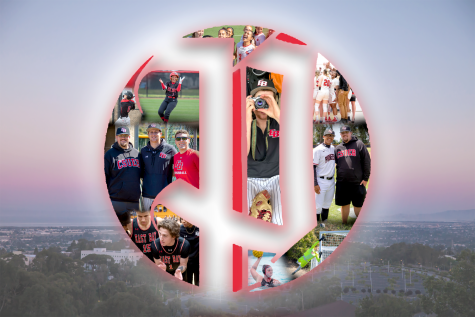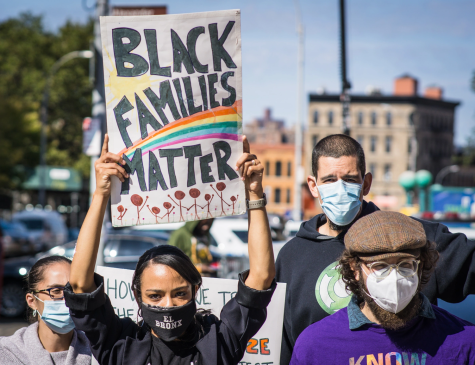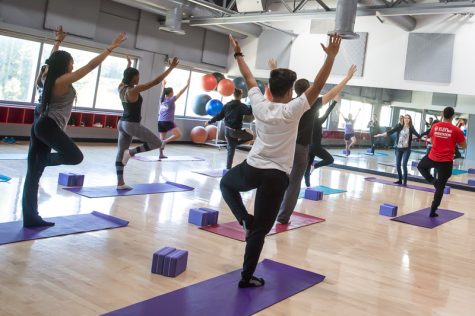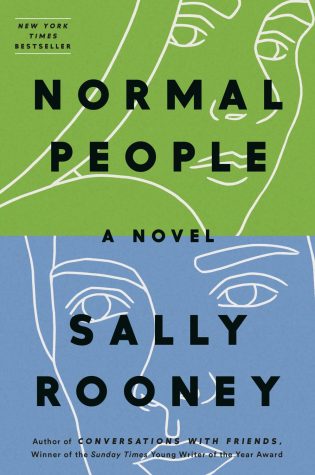‘Diverse’ enough to work at Facebook?
August 3, 2016
Facebook’s July diversity report showed that the company lacks any real progress toward achieving diversity among its employees.
According to Facebook’s figures, Black employees totaled 2 percent and Hispanics only made up 4 percent of the company’s total U.S. employees. Maxine Williams, Facebook’s global director of diversity, said that high schools lack computer science courses and blamed the problem on the public education system. “It has become clear that at the most fundamental level, appropriate representation in technology…will depend upon more people having the opportunity to gain necessary skills through the public education system,” Williams stated in the blog report on Facebook.
This statement seems contradictory since the company’s effort to connect with students in the Hayward area is minimal, or nonexistent at Cal State East Bay, according to CSUEB computer science department officials.
According to an April 2016 California higher education report by the Public Policy Institute of California, a nonpartisan research center that inform and improves policy in the U.S., the California State University system is the largest public university system in the nation, with over 360,000 students.
“We have all these local people,” said Borre Ulrichsen, East Bay’s chief information officer and associate vice president for information technology of Facebook’s diversity report. “That’s a great resource and these companies should be much more focused on growing that local talent.”
Jamil Walker, corporate communications manager at Facebook, mentioned two community efforts by the company to expand its diversity, although in my opinion they’re not sufficient for the goal the company is trying to reach.
In celebration of Black History Month, Facebook invited 225 African American students from the East Bay Area, not including Hayward, in an effort to expose low income individuals to careers in technology, according to Walker.
The other event was created by Oculus, a virtual reality developer that Facebook acquired for $2 billion dollars in 2014. It set up a pilot program in Oakland High School and Fremont High School where students are able to use the latest virtual reality technology and engage with leading industry filmmakers.
William reported that Facebook also donated $15 million to Code.org, a nonprofit organization that works to ensure every student has the chance to learn computer science. However, the only Advanced Placement Computer Science course available in Hayward is at Moreau Catholic High School, which has an annual tuition of $17,736, according to the school’s website. Facebook’s philanthropic donation is commendable, but it fails to reach all members in the computer science community.
The East Bay should be an epicenter of investment in technology education by organizations like Facebook. In Hayward, 40 percent of the community is Hispanic or Latino, in Oakland, Latinos make up the largest group of youth under 20 years old, and African American youth make up close to 30 percent, according to Oakland Fund for Children and Youth’s Demographic Profile Report.
Over the past year at Cal State East Bay, students have been vocal about lacking necessary resources for academic success. African American students are working with administration through a task force through ASI to create an African American resource center on campus, where free printing, computers and advising may be made available.
It is in these types of projects and students that Facebook should be investing in. “These companies, like the Facebooks and the Googles, that’s what they should be doing,” Ulrichsen said. “They need to get themselves in front of you. So you know who they are and you just don’t know them as an app on your phone, but as a potential employer.”
This would create better results for reaching the goal of diversity in computer science, which Williams stresses is vital for the future. Facebook can truly make a visual impact in its neighboring Bay Area cities and build connections for success, instead of waiting for a system provide their future employment needs. While Facebook’s efforts are commendable, they lack any true social impact.
In order to truly achieve diversity, it is time for Facebook to become more involved in the community.
















